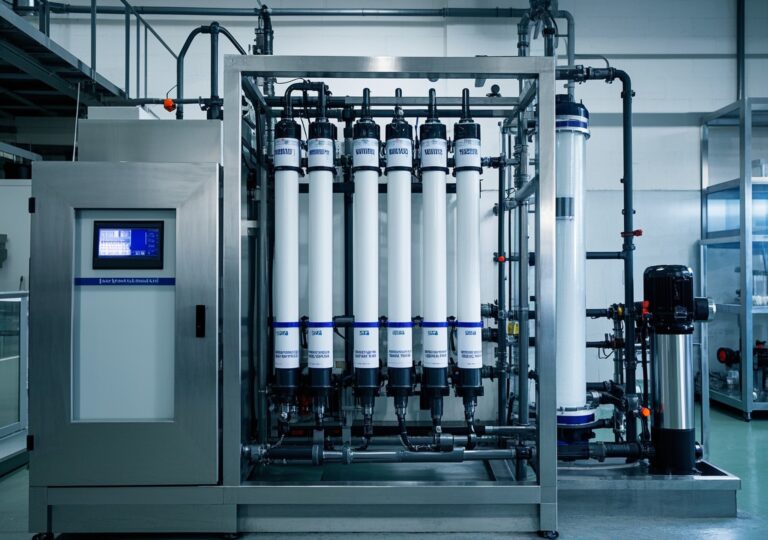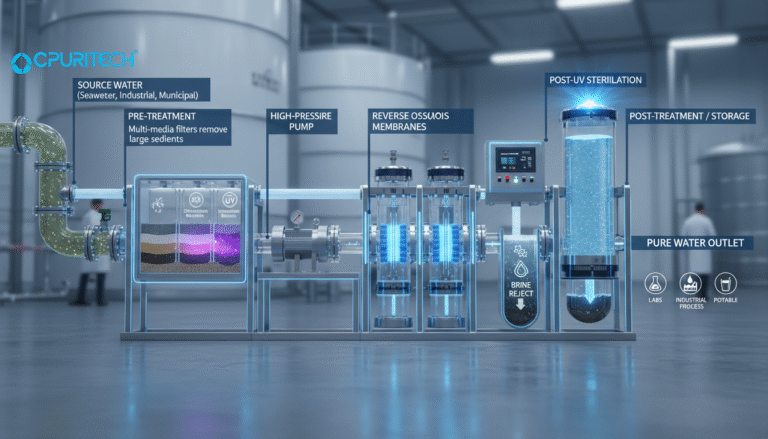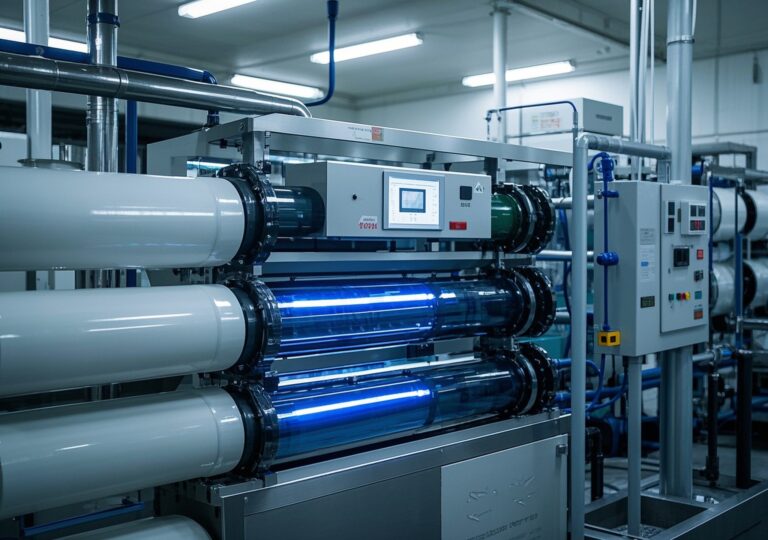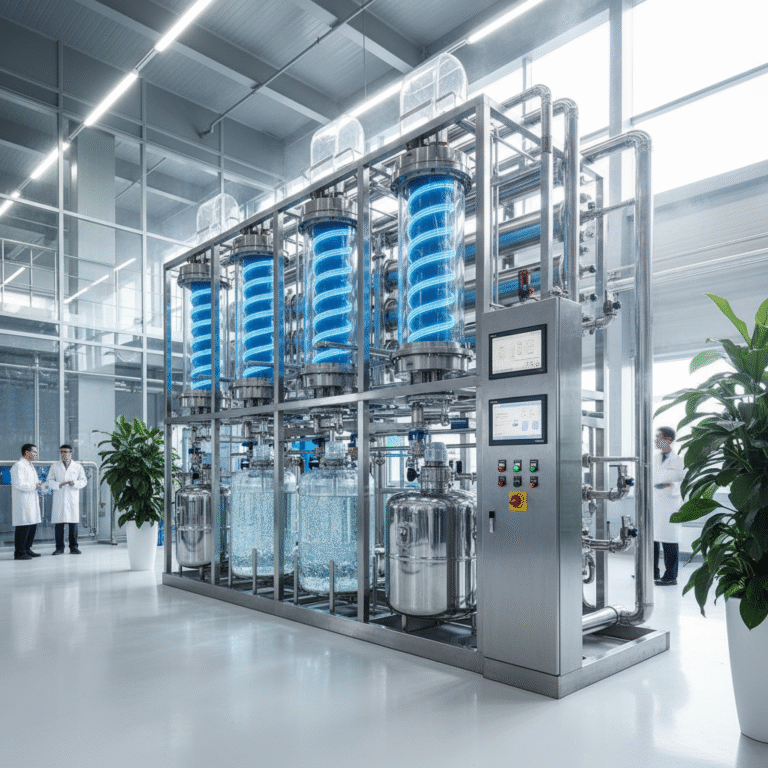X-Factor Advantages: How Reverse Osmosis Water System Outperforms Old Tech
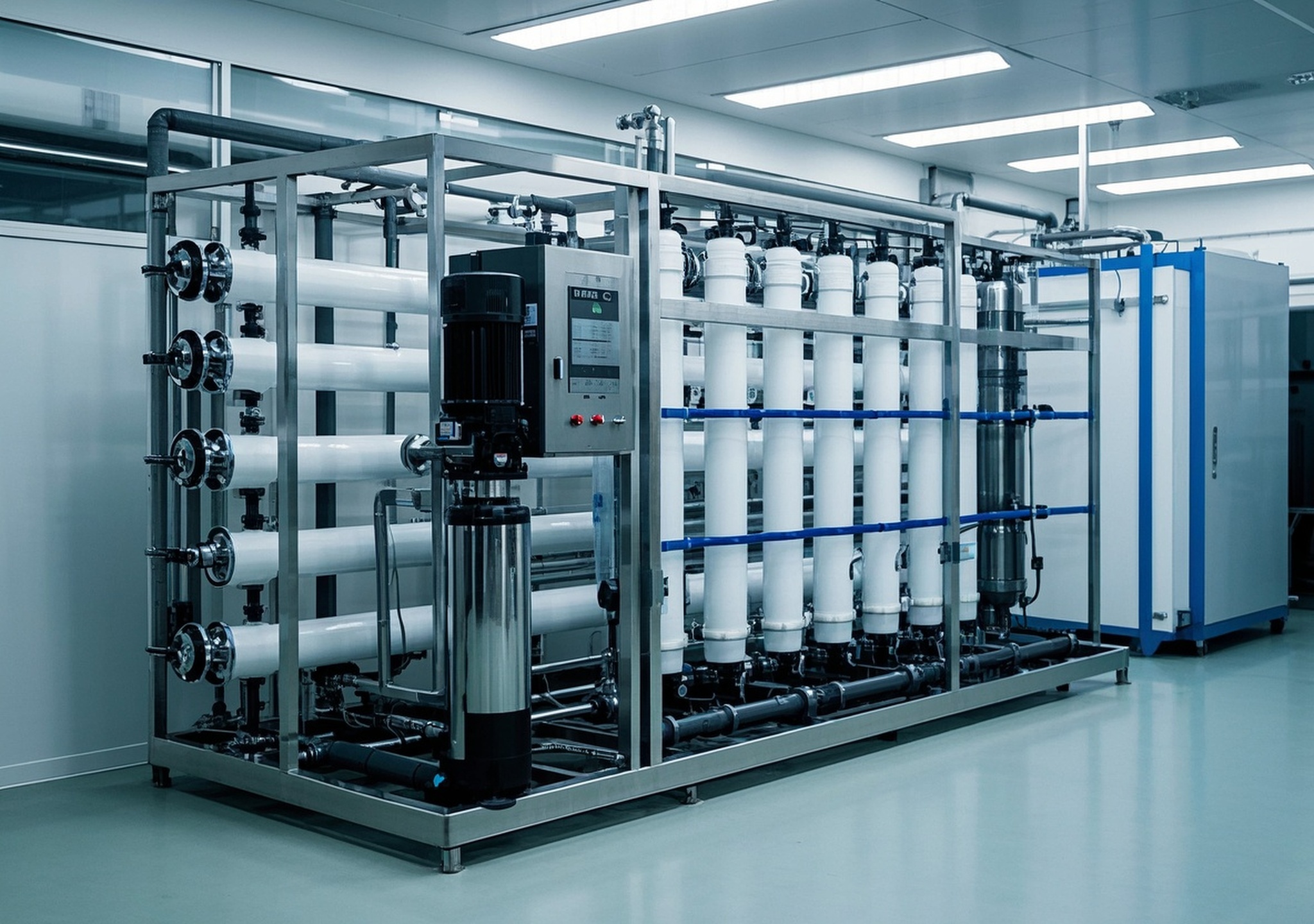
X-Factor Advantages: How Reverse Osmosis Water System Outperforms Old Tech
The reverse osmosis water system has revolutionized water purification across industrial, commercial, and residential applications. Compared to aged filtration and treatment technologies, this system offers unmatched water purity, energy efficiency, and operational reliability. In this article, we delve into the core advantages of reverse osmosis (RO) technology, illuminating why it remains the top choice for modern water treatment solutions globally, especially in emerging markets across Africa, Southeast Asia, South America, and broader Asia.
1. Industry Landscape and Company Expertise in Industrial Water Treatment
In today’s rapidly industrializing world, the demand for clean and safe water is paramount. Industrial water treatment companies are at the forefront of ensuring that industries meet stringent environmental regulations and sustainability goals. Specializing in advanced water treatment equipment, such as reverse osmosis water systems, ultrafiltration, deionization, and water softening solutions, manufacturers uphold core values of innovation, reliability, and environmental stewardship.
Such companies emphasize R&D capabilities to develop tailored solutions that address diverse feedwater challenges — including high salinity, organic contaminants, and microbial loads. Industrial water purification not only protects equipment and improves product quality but also safeguards ecosystems. Given global water scarcity concerns, these providers champion technologies with low waste output and energy consumption, positioning themselves as responsible corporate citizens.
2. Comprehensive Product Portfolio for Diverse Water Treatment Needs
Modern water treatment equipment portfolios integrate multiple specialized systems:
2.1 Reverse Osmosis Water Systems
The cornerstone of efficient water purification, reverse osmosis water systems use semi-permeable membranes to remove up to 99% of dissolved salts, heavy metals, bacteria, and organic molecules. Typical industrial units accommodate feedwater with varying qualities — from brackish groundwater to municipal sources. Key technical specs include:
- Flux rates of 10 to 50 gallons per square foot per day (GFD)
- Recovery rates of 75-85%, minimizing wastewater
- Automated multi-stage pre-treatment for membrane protection
Industries such as pharmaceuticals, food & beverage, chemical manufacturing, and power generation rely heavily on these systems due to their robust performance and scalability.
2.2 Ultrafiltration and Microfiltration Systems
Serving as pretreatment or standalone options, ultrafiltration (UF) removes suspended solids, colloids, and pathogens above 0.01 microns size. UF is valued for protecting RO membranes and ensuring stable operation in high-contaminant feeds.
2.3 Electrodeionization (EDI) Systems
For ultra-pure water demands, EDI systems polish RO permeate by continuously removing ionized species without chemical regenerants, ideal for electronics or pharmaceutical applications.
2.4 Pre-treatment & Water Softening Units
Water hardness is countered by specialized softeners that prevent scale formation on membranes and downstream equipment. Coupled with chemical dosing and filtration, these units enhance system longevity and reduce maintenance.
3. Technology Innovations and Competitive Advantages of Reverse Osmosis
| Feature | Reverse Osmosis Water System | Traditional Water Treatment (e.g., Sand Filtration, Ion Exchange) |
|---|---|---|
| Water Purity Level | Up to 99.5% contaminant removal | Often limited to 70-80% |
| Energy Consumption | Moderate; optimized with energy recovery technology | Variable; some older tech more energy intensive |
| Operating Cost | Lower lifecycle costs due to membrane longevity and reduced chemicals | Higher due to frequent media replacement, chemical use |
| Scalability | Modular design for small to large scale applications | Often bulky and less modular |
| Environmental Impact | Minimal chemical discharge; recyclable membranes | Higher chemical sludge production |
| Water Recovery Rate | 75-85% | Typically 50-60% |
This comparison underscores the reverse osmosis purification system as the superior and sustainable choice for most water treatment challenges. According to studies by leading water technology research (Water Technology Journal, 2023), implementing RO systems can reduce operational water waste by up to 30% compared to traditional methods.
4. Market Position and Industry Outlook in Global Water Treatment
The reverse osmosis water filtration system market is projected to grow at an annual rate exceeding 10% through 2030, driven by tightening pollution regulations and global industrial expansion. Key emerging markets in Africa, Southeast Asia, and South America are investing heavily in advanced water treatment infrastructure to support agriculture, manufacturing, and urbanization.
Companies specializing in RO technology continue setting industrial standards, influencing policy formation through partnerships with international water organizations. This leadership cements their dominance in commercial and residential treatment sectors alike.
5. Manufacturing Excellence and R&D Capabilities
Leading manufacturers operate state-of-the-art production facilities compliant with ISO standards, ensuring consistent quality and performance of membranes and system components. Comprehensive quality control protocols span incoming raw materials to final system testing, guaranteeing reliability under varying operational conditions.
The R&D teams leverage advanced modeling and pilot testing to innovate multi-stage membrane configurations and hybrid treatment solutions. Collaborations with universities and technology institutes fuel ongoing breakthroughs, enabling customized solutions for complex feedwater qualities encountered in diverse geographic locations.
6. Success Stories and Real-World Applications
In a recent project serving a southeastern Asian beverage company, installation of a whole house reverse osmosis water system replaced aging sand filtration units, improving product consistency and reducing bottled water waste by 40%. The client reported a 15% reduction in operating expenses within the first year due to lower chemical and maintenance costs.
Similarly, in a South American mining operation, deployment of an industrial-scale RO unit enabled onsite treatment of brackish water, overcoming extreme salinity challenges. The system maintained continuous uptime over 24 months, supporting critical processing without environmental discharge violations.
7. Commitment to Environmental Sustainability
RO systems’ low chemical usage and high water recovery rates align with global sustainability goals. Manufacturers emphasize green manufacturing processes, including membrane recycling and energy-efficient pumps. Additionally, many systems integrate smart monitoring to optimize energy use, further reducing carbon footprints.
This sustainability approach resonates strongly in developing regions where natural water resources are scarce and environmental preservation is vital for future generations.
8. Engage with Advanced Water Treatment Solutions
For industries and municipalities seeking reliable, scalable, and eco-friendly water purification, embracing reverse osmosis water purification systems is a forward-thinking strategy. To explore customized configurations and gain expert guidance, stakeholders are encouraged to connect with specialist providers offering end-to-end consulting, installation, and after-sales support.
Contact channels typically include direct inquiry forms on corporate websites, technical webinars, and regional distributor engagement to facilitate timely, localized solutions.
Summary
The reverse osmosis water system represents a significant leap beyond traditional water treatment technologies, delivering superior purification, cost-efficiency, and environmental benefits. Its applicability across industrial, commercial, and municipal water treatment scenarios makes it an indispensable technology worldwide. By investing in such advanced systems, companies not only ensure compliance and operational excellence but also contribute meaningfully to broader sustainability objectives.
Adopting these systems aligns well with the water treatment ambitions of emerging markets in Africa, Asia, and South America, where water quality challenges and economic growth necessitate innovative, reliable solutions.
References
- Water Technology Journal, “Advancements in Reverse Osmosis for Industrial Applications,” 2023.
- Global Water Treatment Report, “Market Trends & Sustainability in Water Purification,” 2024.
- International Water Association, “Membrane Technologies in Water Treatment,” 2022.

